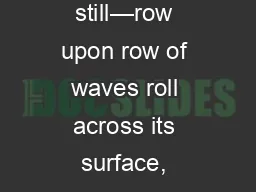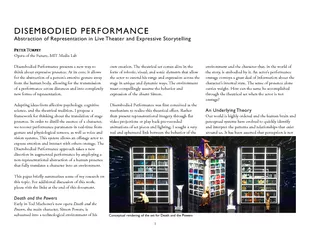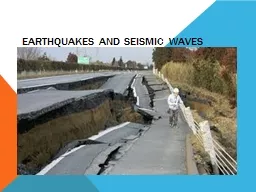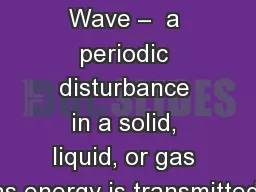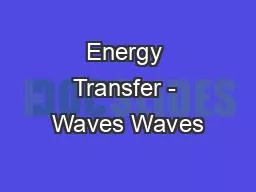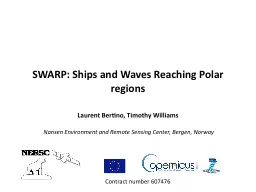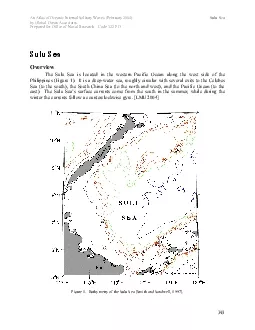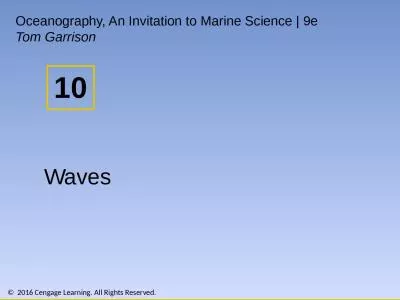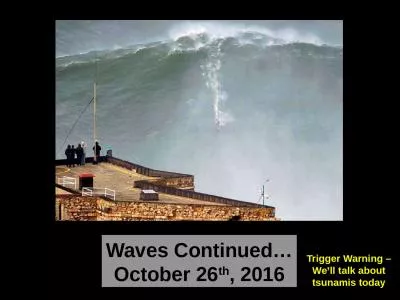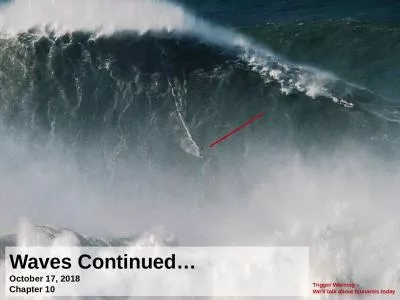PPT-The sea is rarely still—row upon row of waves roll across its surface, seemingly endless
Author : phoebe-click | Published Date : 2018-10-25
water and energy Anyone who has watched breakers roll into the shore or been seasick on a boat knows very well that waves move But surprisingly the water in waves
Presentation Embed Code
Download Presentation
Download Presentation The PPT/PDF document "The sea is rarely still—row upon row o..." is the property of its rightful owner. Permission is granted to download and print the materials on this website for personal, non-commercial use only, and to display it on your personal computer provided you do not modify the materials and that you retain all copyright notices contained in the materials. By downloading content from our website, you accept the terms of this agreement.
The sea is rarely still—row upon row of waves roll across its surface, seemingly endless: Transcript
Download Rules Of Document
"The sea is rarely still—row upon row of waves roll across its surface, seemingly endless"The content belongs to its owner. You may download and print it for personal use, without modification, and keep all copyright notices. By downloading, you agree to these terms.
Related Documents

